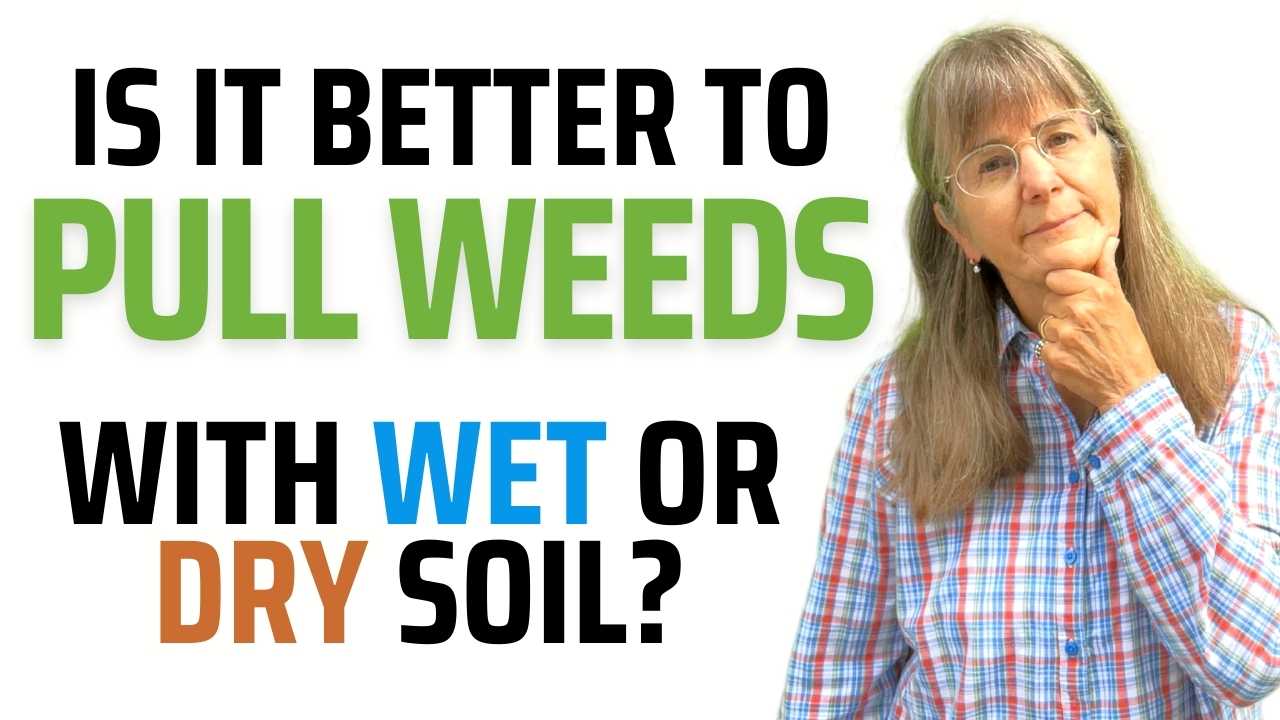
Is it better to pull weeds with wet or dry soil? If you're an avid gardener like I am, the chances are, you've had to pull some weeds at one time or another. But which is better, wet or dry soil?
Wait a second! You might be tempted to pull weeds regardless of the condition of your soil, but it's important to know when it's best to pull weeds. So let's dig in!

How to develop a weeding plan for your garden
Why should you pull weeds?
Pulling weeds saves you from using harmful chemicals or other methods of trying to get rid of weeds.
Weeding is not only a way to remove unwanted plants from your garden, it also provides an opportunity to assess the health of your garden and detect pests or disease issues early on. Think of pulling weeds as part of your garden "trapline."
Weeding your garden will save you a lot of time and money. Weed-free plants grow faster and healthier.
Weeding gets you outside in the fresh air and...
Pulling weeds out by hand is also very good exercise!
Your Weekly Weeding Plan...
Go on daily "weed patrols." It's one of the best ways to really get to know what's going on in your garden.
But let's say you return from vacation only to find the garden overrun with strange plants. Don't throw in the trowel. Start in one area and work a little at a time.
Set a goal for yourself. For example, "I'll weed from the maple tree to the edge of the porch."
If you're still overwhelmed, bring in reinforcements: The neighborhood kids might be looking for summer spending money. Be sure to show them which plants are weeds and which plants are keepers!
At the end of the growing season...
- Weed after you harvest: At the end of the season, most plants (including weeds) rush to make seeds. After pulling plants, wait a week or two and cultivate the surface of the soil to eliminate newcomers.
- Mulching 101: To help suppress weed seeds, spread a 2 to 3-inch layer of mulch or compost on top of the soil.
- Plant a cover crop: Cover crops (also known as green manure) are a natural way to suppress weeds and replenish the nutrients in your garden soil at the same time.
And finally...
With a bit of patience and your favorite garden tools, clearing out weeds will be a breeze.
Don't go overboard trying to eradicate every last weed, though. After all, some weeds are just plain pretty! For example, dried flowers, seed pods and stems of many weeds and tall grasses make attractive dried bouquets and materials for craft projects.
Try to relax about the weeds. A few weeds won't destroy your garden. It's amazing what you can live with.
So wake up before the sun rises, bust out the gloves, and knock out those weeds!
QUICK TIP: EVERY MINUTE COUNTS
Set a timer for 30 to 60 minutes and then stop weeding. Done. Take a 10-minute break. Do something else or get back to it.
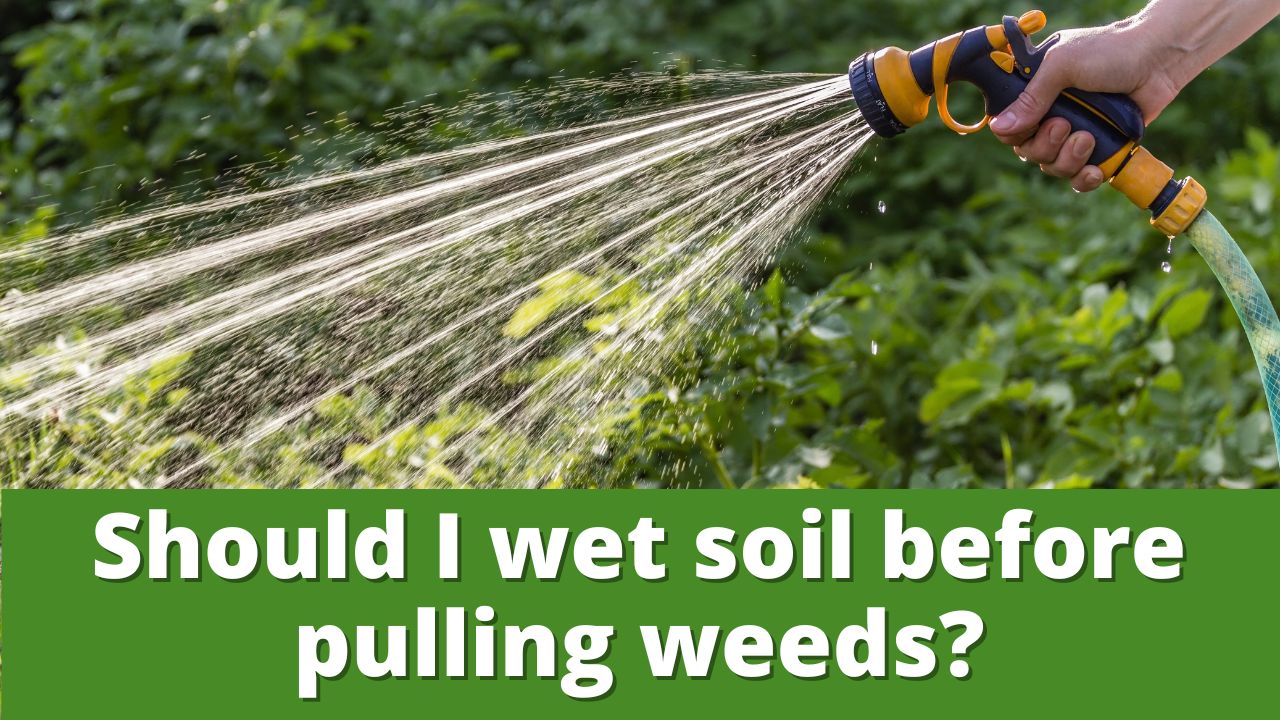
Should I wet soil before pulling weeds?
I don't think you need to wet the soil before pulling weeds, but it's up to you.
Thing is, the best way to pull weeds is when the soil is moist, but not too wet.
Wet soil makes it easy to pull out weeds because they are less likely to break off at the root when you pull them. If you pull a weed that has been growing for a long time and it breaks off at the root, it will grow back very quickly. Wet soil also helps prevent weeds from splintering apart in your hand as you pull them up.
What is the fastest way to pick weeds?
If you're looking for a quick way to weed, some folks say it's best to do so in dry soil. But if you want to get the most out of each plant and maximize your efforts, then it's better to pull weeds in wet soil.
It also depends on the weed... If you're trying to remove a perennial weed like dandelions and crabgrass, it's best to pull 'em in wet soil. This helps prevent roots from breaking off and making the problem worse. If you want to get rid of annual weeds, however, it's often best to do so in dry soil. Be a citizen scientist and experiment!
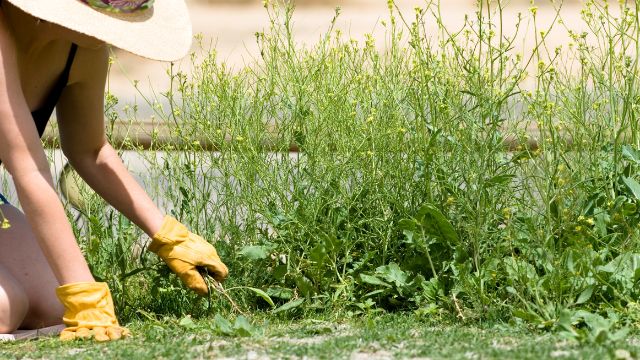
Is pulling weeds a waste of time?
Good question. Pulling weeds is NOT a waste of time. That’s because pulling weeds is the best way to get rid of them. And it's much safer than resorting to dangerous herbicides and other chemicals.
It’s true that pulling weeds in wet soil can sometimes be messy, but if you pull up the entire root system, you won’t have to worry about them coming back.
Bottom line: If you want to keep your garden looking nice for as long as possible, it’s important to pull weeds when they first appear instead of waiting until they are big enough that they take over your garden bed or lawn!
How do you clear a large area of weeds?
When you're trying to clear a large patch of weeds, it's important to consider the state of your soil. If your soil is dry, it can be very difficult to clear large areas of weeds. You'll want to make sure that your soil is wet enough so that you don't have to spend too much time pulling and yanking on the weeds. This will help avoid any damage to the roots and keep them from coming up again.
Remember, if your soil is too wet, it's best to wait for it to dry out before attempting this process.
When you're trying to clear a large area of weeds, pulling them by hand or using a hand tool is the best way to go. True, you could also try using a chemical weed killer but this is not the safest method as it damages not just the weeds, but other plants, insects, pollinators, pets, and the planet.
To clear a large patch of weeds without breaking your back, here are two tips that will help make the job easier:
- Use a weed puller: A weed puller is an easy way to remove weeds from large areas because it digs them out by the roots as you pull. This tool can be used for small or large patches of weeds and will help you get rid of them faster than other methods.
- Use a hoe: A hoe is another tool that can be used to remove weeds from large areas. This tool works by cutting through the soil and killing the roots of weeds, which will eventually kill them off completely. A weed hoe is a tool that has a curved blade at one end of its handle and an angled head at the other end. It can be used to cut out individual weeds or dig them up by cutting into the soil and pulling them up with the blade. Weed hoes are usually made of steel, though some models are made of aluminum or carbon fiber instead.
What is the best tool to pull weeds?
- When it comes to pulling weeds, there are many tools you can use and some are better than others. First, nothing beats your God-given tools: Your hands. And a good pair of gloves.
- The best tool to pull weeds is the one you have with you! I use a Cobra Head which you can purchase here. (see right)
- When it comes to weed-pulling tools, there are two main factors to consider: The soil and the tool.
- Soil type is important because it affects how well your tool can grab onto the roots of the weed, which in turn affects how easy it will be for you to pull out the whole root system, rather than just part of it.
If you're working with wet soil, choose a tool that has a curved or spade-like end so that it can easily pry up clumps of weeds.
If you're working with dry soil, choose a tool with long tines or teeth so that they can reach deep into even the driest soils and grab onto those roots.
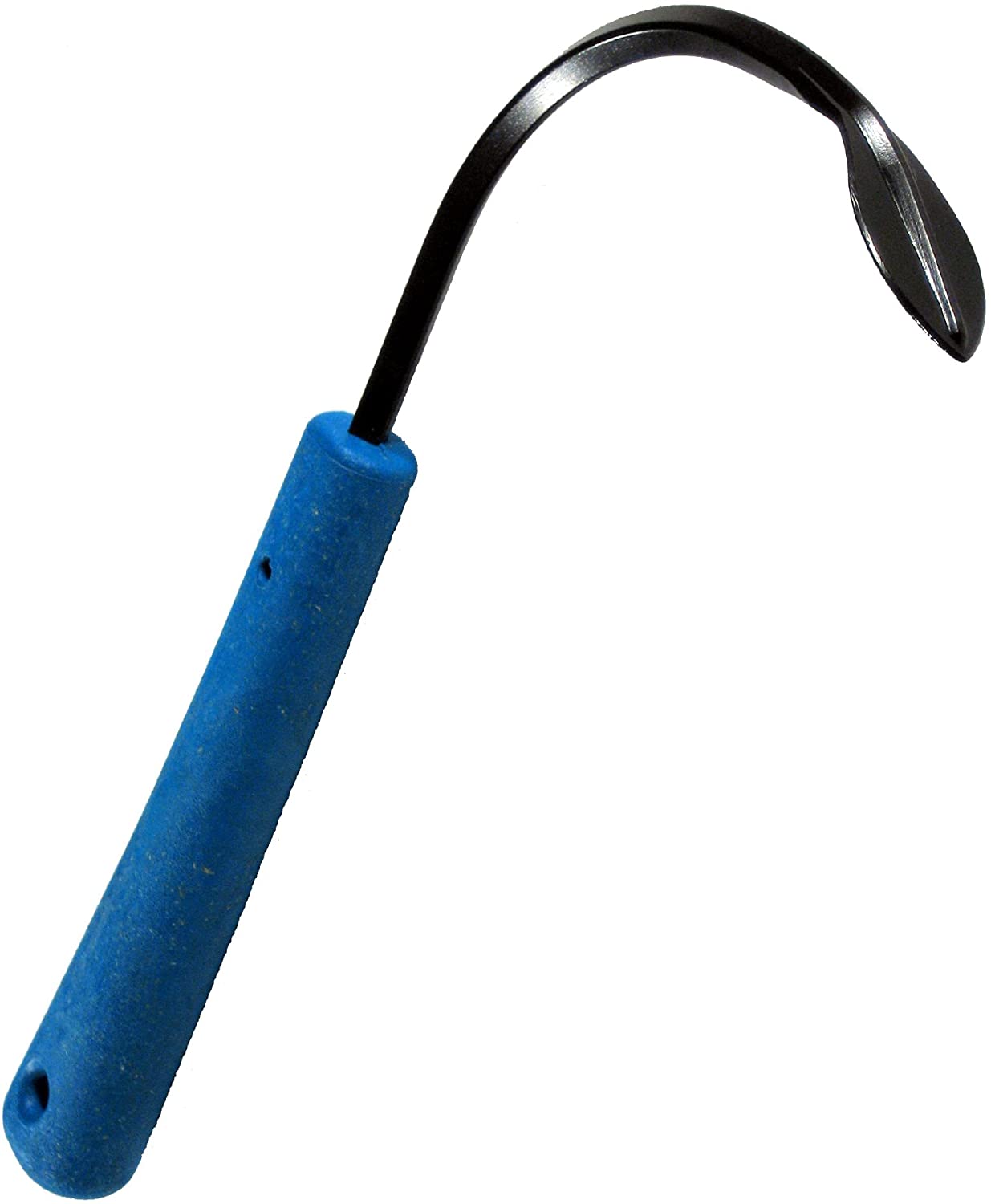
For mechanical tools though, here are some of the most common tools people use for pulling weeds:
Hand weeder (or hoe): As I mentioned before, this tool has a sharpened edge on one side and a flat edge on the other side. It can be used to dig up weeds from their roots or slice through them with an upward motion.
DID YOU KNOW? A hoe is an ancient farming tool that helps you clear land of unwanted vegetation, and it's still used today for this purpose. There are many variations on this basic design, but all of them consist of a wide blade attached to a long (or shortie) handle. The blade can be made from metal (best) or plastic, and it's typically sharpened at one end so that it can cut through grasses and other plants easily.
While some people prefer to use a knife or other sharp object to cut out weeds manually, this method can be time-consuming and dangerous.
Pruners: These are good for removing large plant material like branches or stalks from plants. Depending on the stalk, they can be used as a handle to pull the weed.
Weed Puller: A weed puller is different from a hoe in that it allows you to pull weeds without bending over. Most weed pullers consist of a long handle with a U-shaped head at the end, which holds the weed and its roots. Some manufacturers also make tools for pulling specific types of weeds, such as dandelions or thistles.
A weed puller makes it easier to reach deep-rooted weeds. It also reduces back pain by eliminating the need to bend over. The tool also allows you to remove multiple weeds at once, which saves time and effort.
QUICK TIP: PUT AWAY THE ROTOTILLER
Plowing or tilling too deeply can bring weed seeds up to the surface of the soil. This can be a problem because most weed seeds germinate in the top 2 inches of soil.
Also, studies show that rototilling and other deep-tilling methods do more harm than good by breaking down the soil structure (tilth) and bringing weed seeds up to the surface where they germinate.
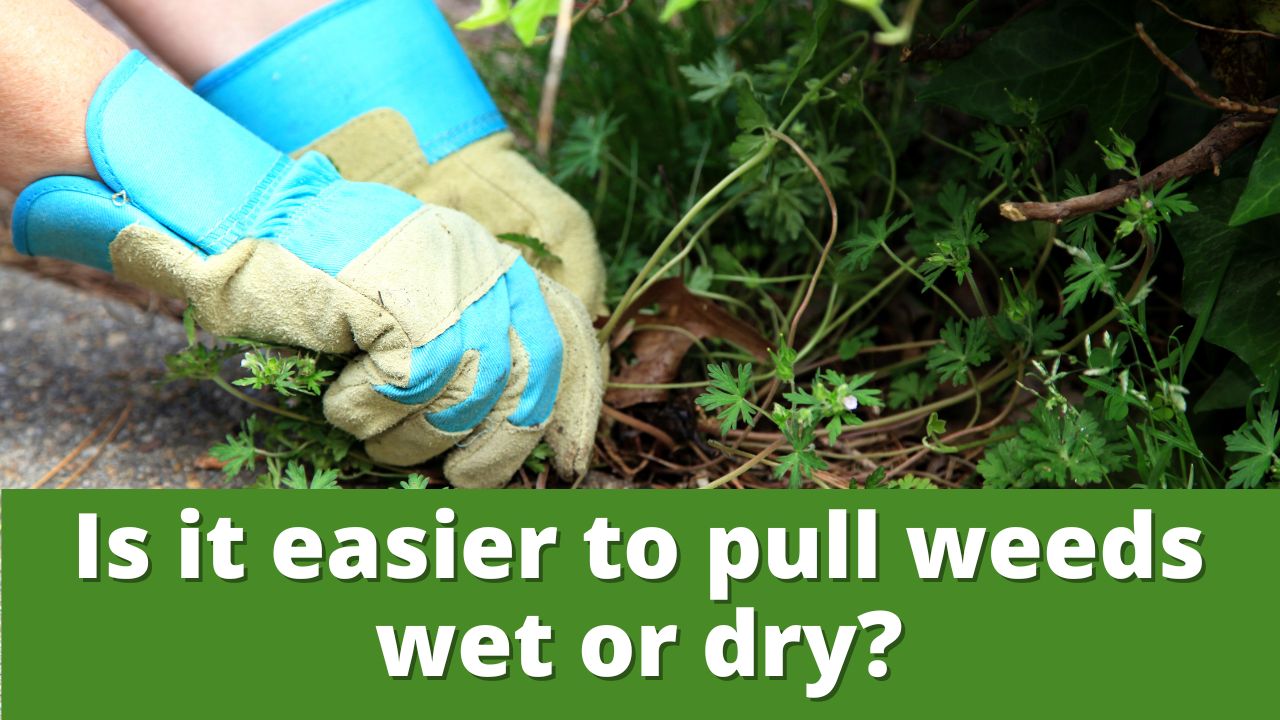
Is it easier pull weeds dry or wet?
- It depends on the weeds.
- Most annual weeds can be easily pulled if the soil is dry.
- But perennial weeds such as dandelions and bindweed get their energy from the root structure so they are often easier to pull when the soil is wet or even muddy.
How to pull up weeds fast
The best way to pull up weeds fast is to apply a little elbow grease and some proper technique. First, weed when the ground is wet. Then find the root of the weed by digging around in the dirt near your feet (or wherever you find it). Then grab hold of it and pull up! If it doesn't come right away, keep pulling until the whole thing comes out of the ground.
You'll probably have to do this several times before all traces of your weed have gone away, but eventually all will be well again!
Does pulling weeds make it worse?
Even if you don't remove every weed to the root, pulling weeds won't make things worse. Manual weeding is ineffective only if weed roots are left in the soil.
But pulling weeds will NOT cause an increase in weeds. Remember, don't hesitate to use a weeding tool to reach those deeper roots.
Does mowing over weeds spread them?
- It's a common misconception that mowing over weeds will spread them. However, there's no clear answer.
- Mowing over a patch of weeds may help kill them. And the friction from the mower causes these barbs to cut into the leaves of the weeds and possibly pull them up by the roots.
- However, if you're going to mow over weeds in dry conditions, it's better to wait until after a good rain or two so that everything is nice and moist when you do it so there's less chance of clumping as well as more likely that all traces of dead grass will be pulled up along with their roots.
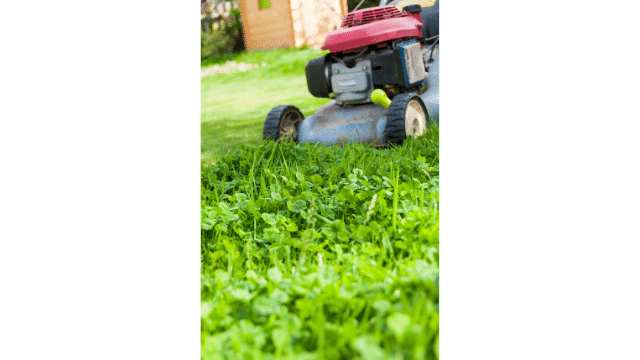
How long should you wait to pull weeds after spraying
You should wait about 2-5 days before pulling weeds after spraying. The wait time depends on the type of herbicide you have used. Plus, the weather conditions. Also take into account whether you have sprayed the weeds when they are young or mature.
If you spray your weeds when they are young, it will take longer for them to die and longer for their roots to stop growing. On the other hand, if you spray weeds when they are mature, then it will take less time for them to die and for their roots to die.
Weather conditions also play a role in how long it takes for weeds to die after being sprayed with herbicides. For example, if it rains during this period, then it may take much longer than expected before all of the weeds are dead.
QUICK TIP: WHAT TO DO WITH GRASS CLIPPINGS
If you collect your grass clippings (as opposed to mulching them in place), be sure to add them to the compost pile. Hot compost (140 to 160 degrees F) kills weeds as well as weed seeds.

Are weeds easier to pull weeds after it rains?
Yes, it is easier to pull weeds after it rains. Here's why:
First, wet soil gives you a better grip on the weed you're trying to pull. You don't have to work so hard to get it out of the ground because the roots are more pliable.
Second, when it rains and the ground is damp, the weeds are more likely to come up by themselves, without having to dig around them with your hands or a tool.
Why is weeding done during the rainy season?
Weeding is done during the rainy season because the soil is soft and moist. This makes it easier to pull out the plant’s roots, which are more likely to be intact than they would be in dry weather. Plus, many gardeners report that it's actually easier to spot weeds when they're growing in damp soil.
More "best tips" for pulling weeds

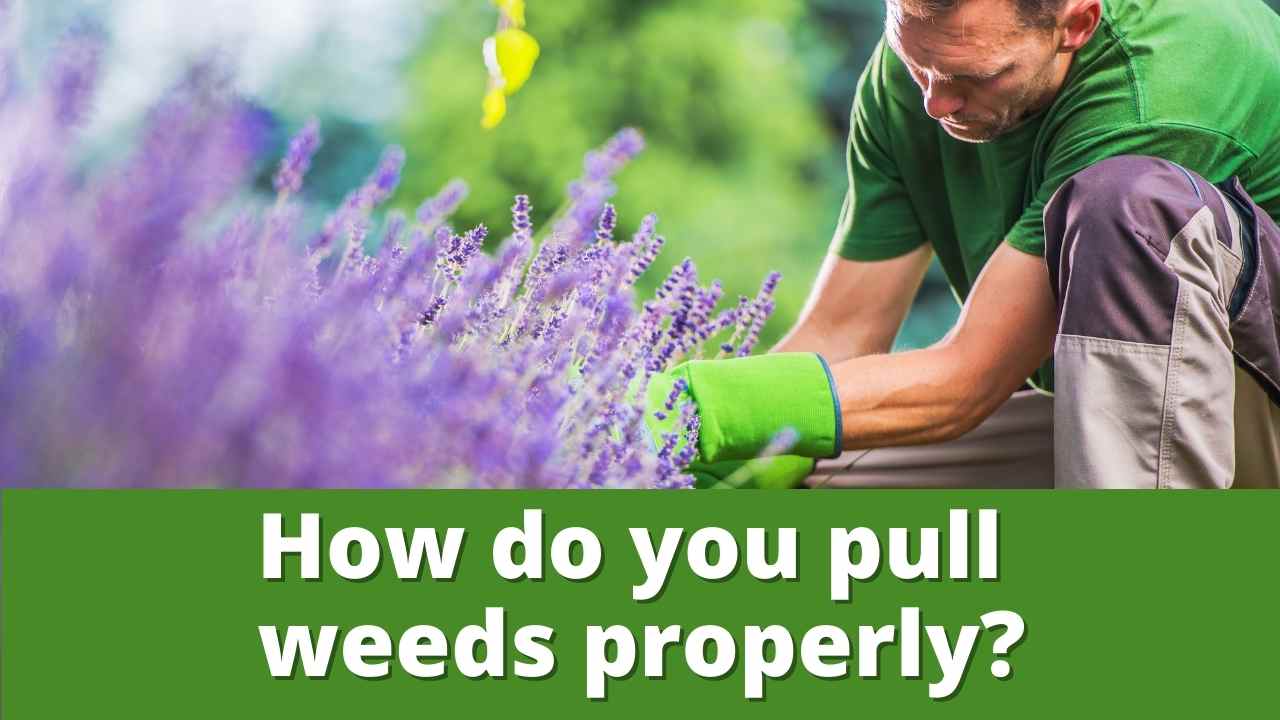
How do you pull weeds properly?
How do you permanently stop weeds from growing?
Pulling weeds before they grow is the most effective way to stop weeds from growing. Don't wait until they have grown and then try to pull them out. Because this can cause more damage to the soil, and it's more difficult to remove them.
The best time to pull weeds is when they are young and small. If you wait until the weeds are mature, your efforts will be much more difficult.
You can also use chemicals if you'd prefer not to pull weeds by hand. Just keep in mind that, in the long haul, chemical herbicides do much more harm than good.
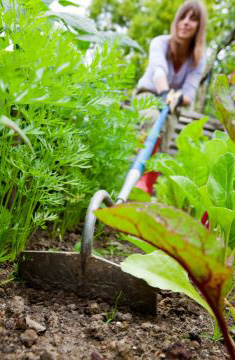
What is the best tool for pulling weeds?
One of the most popular tools for pulling weeds is called a scuffle hoe.
Also known as a stirrup hoe, this tool has been used to cultivate soil in Europe for centuries. It's especially useful if you're working with a variety of plants, because you can use it to weed around them without damaging roots.
It's also super-versatile: You can use it to slice through thick grasses and weeds, or simply scrape up tiny surface roots at the top of soil.
The front or leading edge of the blade is sharp which means you can get into narrow areas between rows of crops or along the edges of beds where weeds are likely to grow. It gets better. The blade is attached to the handle at an angle, so it doesn't stick straight out when you're using it. No worries about accidentally jabbing yourself while you're working!
Enjoy this article? You might also enjoy these:
"Is it better to pull weeds with wet or dry soil?" - by Marion Owen
Who is Marion Owen?
Learn the fine art of nurturing your dream garden using organic methods that have been fine-tuned over 35 years by Marion Owen, New York Times bestselling author.
Gardening techniques that have been proven to work by Marion's students longing for their own dream garden in landscapes as diverse as North America, India, Europe, UK and Australia.
Finally, you can throw away all those harsh chemicals, as Marion only teaches methods that are in tune with Mother Nature!
Marion Owen's approach to fulfilling your dream garden will save you hundreds of dollar. At the same time bring natural vitality to you, your family and the planet.
Start to grow flowers, herbs and vegetables using a methodology in harmony with the natural environment.

